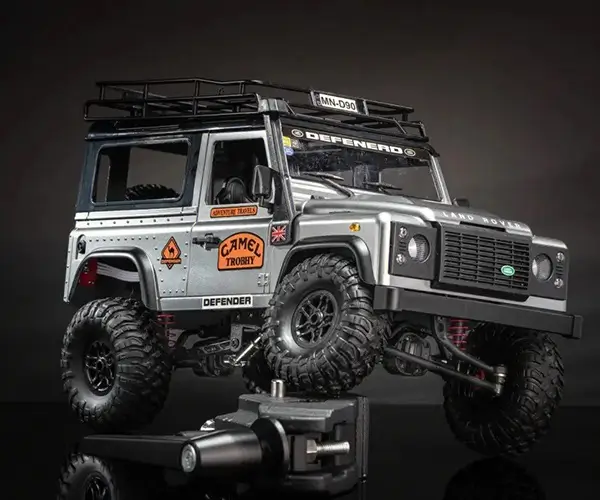Imagine a bustling digital marketplace. Thousands of users clicking, scrolling, logging in, purchasing. Everything runs smoothly—until it doesn’t. Suddenly, one tiny hiccup cascades, and what was a seamless experience morphs into chaos. That’s what happens when a microservice fails.

In recent years, microservices have become the backbone of many digital architectures. They're designed to break down complex applications into smaller, manageable chunks. Each microservice handles a specific task—like payment processing, user authentication, or notifications. Sounds tidy, right? Until a single microservice trips over itself.
What’s the reality? When one microservice falters—say, the payment gateway crashes—it can send ripples across the entire system. Transactions stall, pages freeze, users see error messages. Suddenly, the whole platform feels sluggish or offline, even if most microservices are still humming along. That’s because these tiny building blocks are interconnected, like a web of dependencies. If one thread snaps, the whole fabric can start to unravel.
Not all failures are catastrophic. Sometimes, the system can recognize the problem quickly. Advanced monitoring tools alert engineers before users notice. Failover mechanisms kick in—redirecting traffic, switching to backup servers—keeping the user experience smooth. But not all failures are caught swiftly. Others cascade silently, turning into complex debugging tangles. It’s almost like watching dominoes fall—one knocks over the next, and before you know it, chaos.
People often ask, “What makes microservice failures so tricky to fix?” The answer is simple. The decentralization that makes microservices powerful also makes troubleshooting complex. Instead of a single, monolithic app, you have dozens of tiny services, each with its own codebase, infrastructure, dependencies. Finding the culprit can be like searching for a needle in a haystack.
That said, there are ways to minimize damage. Using resilient architectures, implementing graceful degradation, and setting up comprehensive monitoring all help. When a failure happens, it’s crucial to know exactly which part is down—and how it impacts the whole. It’s more art than science, really. Understanding the system’s heartbeat, predicting where the fault might pop up, and having rapid response plans turn chaos into manageable chaos.
Basically, microservice failures are an inevitability. No system is perfect. But how you handle those failures can make a huge difference. The goal isn’t to avoid failure at all costs—it’s to ensure the system keeps running, stays reliable, and recovers fast. Think of it like a well-oiled machine: even when a gear slips, the others keep turning, and the entire operation keeps going.
So, imagine the next time something goes wrong—what’s your plan? Because mastering the art of failure is one of the best ways to build a resilient system. When microservices fail, it’s less about the crash and more about how quickly you get back on track. And in this game, speed and agility really make all the difference.
Established in 2005, Kpower has been dedicated to a professional compact motion unit manufacturer, headquartered in Dongguan, Guangdong Province, China. Leveraging innovations in modular drive technology, Kpower integrates high-performance motors, precision reducers, and multi-protocol control systems to provide efficient and customized smart drive system solutions. Kpower has delivered professional drive system solutions to over 500 enterprise clients globally with products covering various fields such as Smart Home Systems, Automatic Electronics, Robotics, Precision Agriculture, Drones, and Industrial Automation.




































